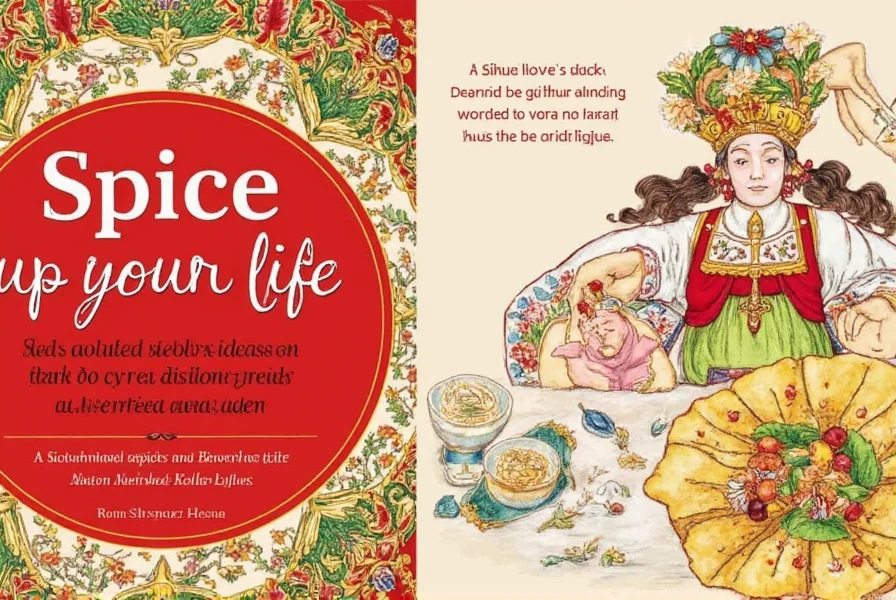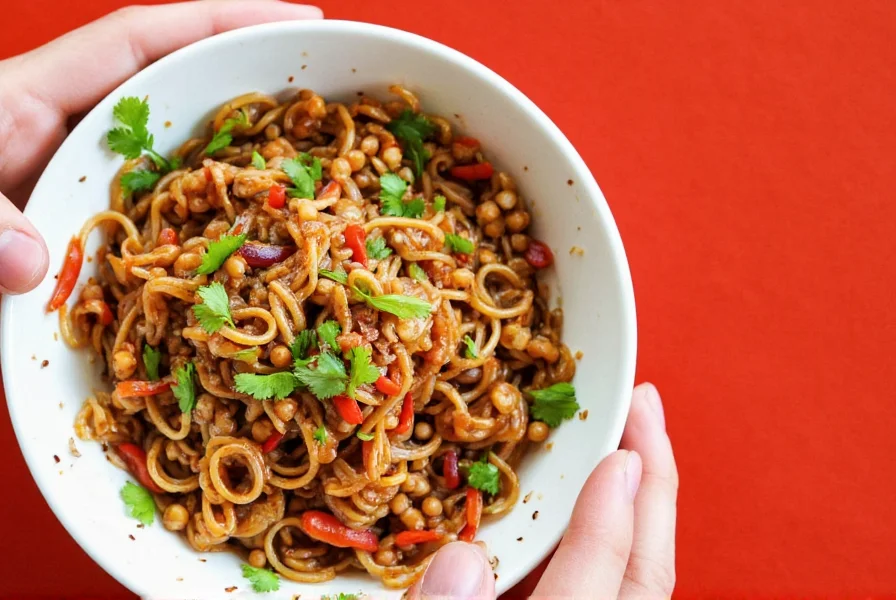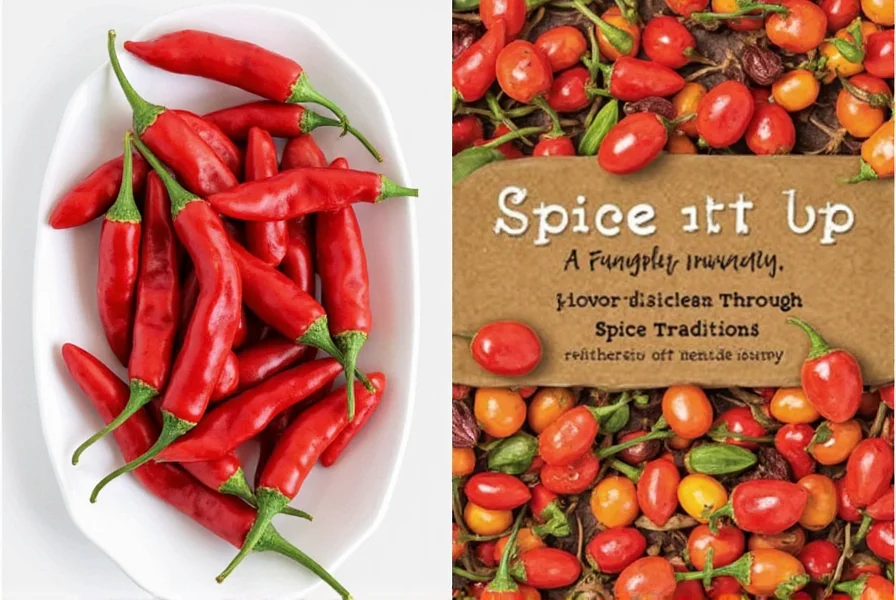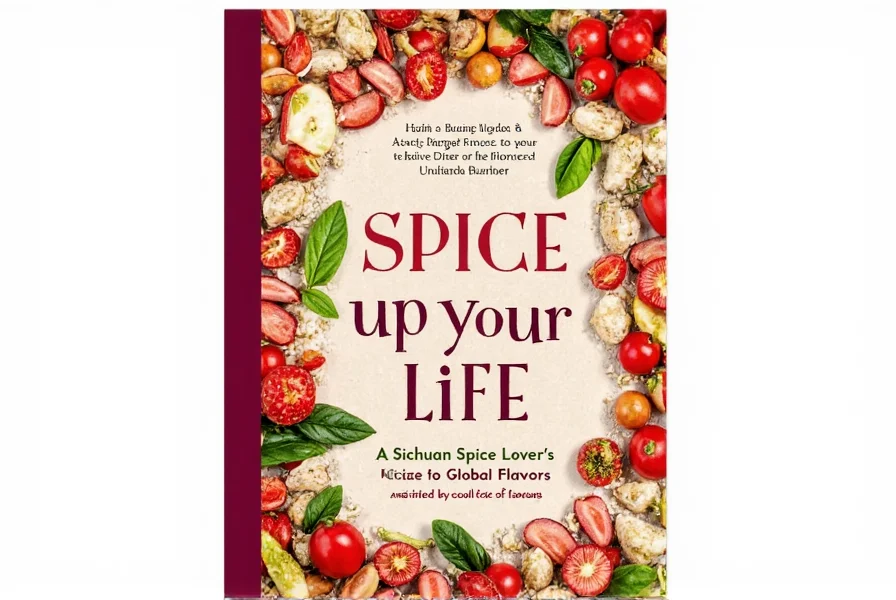Spice Up Your Life: A Sichuan Spice Lover's Guide to Global Flavors
Table of Contents
Introduction to the Sichuan Region
The Sichuan region, located in southwest China, is a land of rich history, diverse culture, and most importantly, bold flavors. Known for its spicy and numbing cuisine, Sichuan cooking has captivated palates around the world. The unique combination of chili peppers, Sichuan peppercorns, and other spices creates a complex taste that is both fiery and aromatic. Whether you're a seasoned spice enthusiast or just starting to explore the world of heat, Sichuan offers something for everyone.

The Spices That Define Sichuan
Sichuan cuisine is built on a foundation of powerful spices, each playing a key role in creating its signature flavor profile. Here are the top five spices you’ll find in every Sichuan kitchen:
- Sichuan Peppercorns: These tiny red berries are not actually peppercorns but the dried fruits of a plant in the Rutaceae family. They deliver a unique numbing sensation, often described as tingling or prickly, which enhances the overall flavor experience.
- Chili Peppers: From the mild ancho to the intensely hot habanero, Sichuan uses a wide variety of chilies. The most iconic is the Longyan chili, known for its deep red color and robust heat.
- Garlic and Ginger: These two staples form the base of many Sichuan dishes, adding depth and aroma to every bite.
- Shaoxing Wine: A type of rice wine used to add complexity and balance to the dish, it helps cut through the spiciness while enhancing the richness of the ingredients.
- Bean Paste: Made from fermented soybeans, this paste adds a savory umami flavor that rounds out the boldness of the other spices.

Global Spice Traditions and Sichuan Influence
While Sichuan is famous for its own unique spice tradition, it’s also influenced by global culinary movements. The world has come to appreciate the heat and complexity of Sichuan cuisine, leading to a fusion of flavors that can be found in kitchens across the globe. For example, Sichuan-style hot pot has become a popular dining trend in many countries, and Sichuan pepper-infused dishes have made their way into modern fusion restaurants.
Here’s a quick comparison of some global spice traditions with Sichuan’s approach:
| Region | Signature Spices | Flavor Profile |
|---|---|---|
| Sichuan | Sichuan peppercorn, chili, garlic, ginger | Spicy, numbing, aromatic |
| Mexican | Jalapeño, chipotle, cumin, coriander | Smoky, earthy, tangy |
| Indian | Cumin, turmeric, garam masala, chili | Earthy, warm, complex |
| Thai | Kaffir lime, lemongrass, galangal, chili | Refreshing, citrusy, spicy |
| Middle Eastern | Cumin, sumac, za’atar, cinnamon | Earthy, tangy, sweet |

Practical Tips for Exploring Sichuan Spices
If you’re new to Sichuan spices, here are some practical tips to help you get started:
- Start with Mild Heat: Not all Sichuan dishes are extremely spicy. Begin with milder options like Mapo Tofu or Sichuan-style stir-fries before moving on to more intense dishes.
- Experiment with Sichuan Peppercorns: Try using them in sauces or seasoning blends. They add a unique texture and flavor that’s hard to replicate.
- Pair with Cooling Ingredients: Sichuan food is often balanced with cooling elements like cucumber, tofu, or yogurt to counteract the heat.
- Use Fresh Herbs: Fresh garlic, ginger, and green onions can make a big difference in the final taste of your dish.
- Try Different Cooking Methods: Sichuan cuisine uses a variety of techniques, including stir-frying, steaming, and boiling. Each method brings out different aspects of the spices.
A Detailed Buying Guide for Sichuan Spices
Whether you’re a home cook or a professional chef, finding the right Sichuan spices is essential for recreating authentic flavors. Below is a guide to help you choose the best products for your needs:
Top Sichuan Spice Products
- Sichuan Peppercorns
- Product Name: Sichuan Pepper Pure
- Features: Hand-picked, high-quality, no additives
- Advantages: Intense numbing effect, great for seasoning and infusions
- Use Cases: Soups, stews, meat marinades, dipping sauces
- Target Audience: Home cooks and professional chefs
- Suitable Occasions: Everyday meals, special dinners, cooking classes
- Dried Red Chilies
- Product Name: Longyan Chili Powder
- Features: Finely ground, bright red, aromatic
- Advantages: Adds a deep, smoky heat without overpowering the dish
- Use Cases: Stir-fries, curries, hot pots, seasoning blends
- Target Audience: Spicy food lovers and adventurous cooks
- Suitable Occasions: Weeknight meals, parties, cultural events
- Shaoxing Rice Wine
- Product Name: Traditional Shaoxing Wine
- Features: Aged for at least three years, smooth and fragrant
- Advantages: Enhances flavor and balances heat in Sichuan dishes
- Use Cases: Braising, marinating, sauce making, deglazing
- Target Audience: Serious cooks and food enthusiasts
- Suitable Occasions: Special occasions, gourmet cooking, cultural celebrations
- Bean Paste
- Product Name: Fermented Soybean Paste
- Features: Rich, savory, umami-packed
- Advantages: Adds depth and complexity to any dish
- Use Cases: Dipping sauces, soups, braises, stews
- Target Audience: Home cooks and professional chefs
- Suitable Occasions: Everyday meals, holiday feasts, food festivals

Conclusion
The Sichuan region is a treasure trove of bold, flavorful spices that have left a lasting impact on global cuisine. Whether you're experimenting with Sichuan peppercorns, exploring the heat of red chilies, or discovering the depth of bean paste, there's always something new to learn and enjoy. With the right tools and knowledge, you can bring the essence of Sichuan into your kitchen and share its vibrant flavors with others. So, grab your spices, embrace the heat, and let your taste buds travel to the heart of Sichuan.










 浙公网安备
33010002000092号
浙公网安备
33010002000092号 浙B2-20120091-4
浙B2-20120091-4